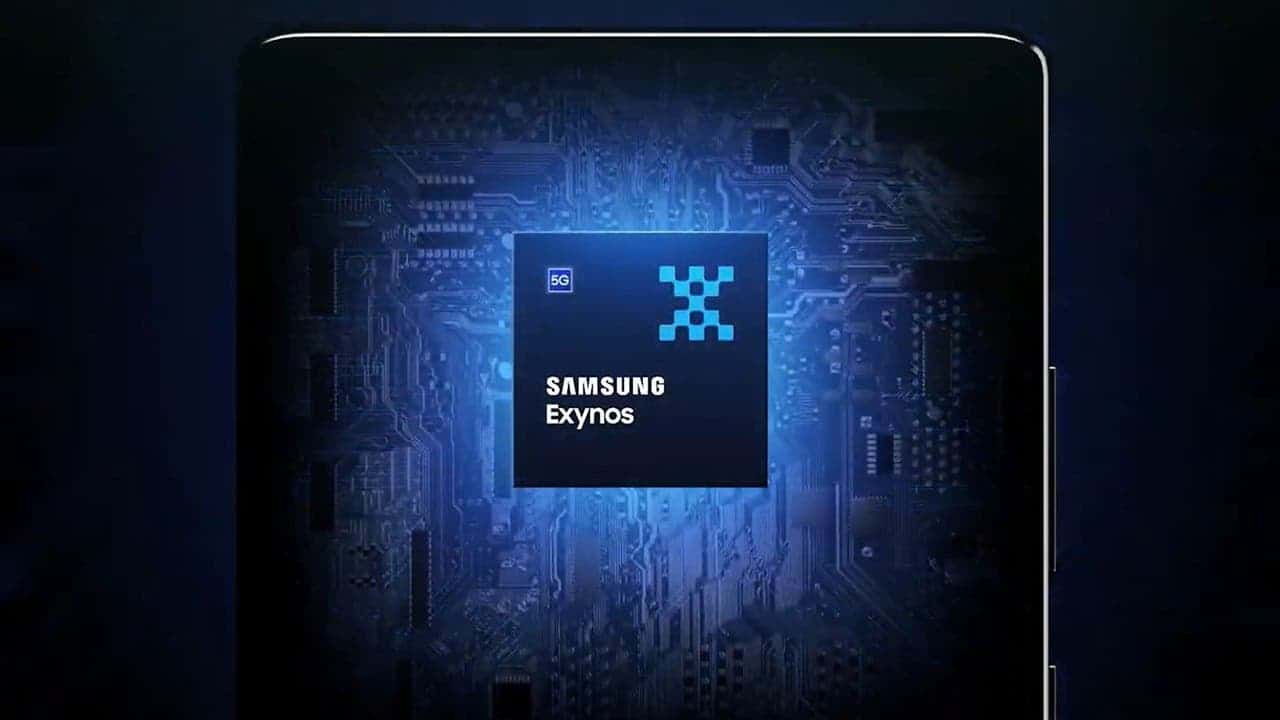Before the U.S. sanctions, Huawei was extremely close to taking over Samsung in terms of market share. And after the sanctions, Huawei was pretty much forced into a corner. The Chinese firm has remained relentless and finally managed to bypass the trade limitations with the Huawei Kirin 9000S.
For those who are not familiar, the Huawei Kirin 9000S is the first custom SoC to emerge after a brief hiatus. And it is the chipset found in the newly released Huawei Mate 60 Pro 5G. Yes, Huawei has finally managed to offer 5G phones with this chipset.
Now, the Kirin chipset is not the most capable SoC in the market in terms of performance and efficiency. However, its inception signifies that Huawei is planning to not rely on Qualcomm in the future. This move will be a major blow to Qualcomm, with an expected loss of up to 60 million in terms of chipset orders.
Huawei Kirin 9000S Made Qualcomm Lose a Big Customer
After the U.S. sanctions, Huawei was forced to utilize 4G-only chipsets for its phones. The Chinese brand purchased around 42 million chipsets from Qualcomm in 2023. But with Huawei’s plan to adopt the Kirin 9000S and new Kirin chipsets in 2024, Qualcomm’s position in the Chinese market has started to look weak.

According to an industry analyst, Ming-Chi Kuo, Huawei’s move to adopt the new Kirin 9000S and other Kirin SoCs will make Qualcomm ship around 60 million chipsets less in the next year. This would put a major dent in the revenue stream of Qualcomm for the entire 2024.
Another important thing to note is that Qualcomm prices its chipsets pretty much higher than the competition. As I’ve previously covered, the Snapdragon 8 Gen 2 costs $160 per unit. Also, the upcoming Snapdragon 8 Gen 3 is expected to cost more than that.

Gizchina News of the week
Even if you assume that Huawei was planning to get the 4G version of the 8 Gen 3, the cost per SoC would be around $180. And if Qualcomm is expected to see around 60-million decline in orders, the estimated loss is more than $10.8 billion. Also, Qualcomm’s position in the Chinese market will be weak if other Chinese manufacturers start to use Huawei Kirin 9000S.
And there’s a big possibility of that happening as Huawei Kirin 9000S will be much cheaper than Qualcomm’s offering.
What Could Qualcomm Do to Mitigate Loss
Ming-Chi Kuo has done a survey to report on what could be the next move from Qualcomm due to the release of the Huawei Kirin 9000S. According to Kuo, Qualcomm will likely start a price war. This war could start as early as Q4 2023 in order to maintain a strong market share in China.

But the thing is, the price war won’t get Qualcomm far, as it will come at the huge expense of Qualcomm’s annual profits. Also, the Huawei Kirin 9000S is not the only thing that Qualcomm has to worry about. Samsung’s Exynos 2400 is another danger that’s lurking around the corner.

That chipset will be in the upcoming Samsung Galaxy S24 lineup. Of course, the phones with Exynos chipsets will only be available in some select regions. Moreover, Apple is planning to introduce its 5G modem in 2025. This is another threat for Qualcomm as it may witness a major decline in baseband chip sales.
In short, with Huawei Kirin 9000S and other competing solutions, Qualcomm will have to make some serious decisions in the next few months. Otherwise, the Sand Diego company will be suffering from continuous losses each quarter of the year in the near future.






Good honest competition is always a good thing for us consumers. Too bad theres always certain bad actors that don’t believe in good honest competition.